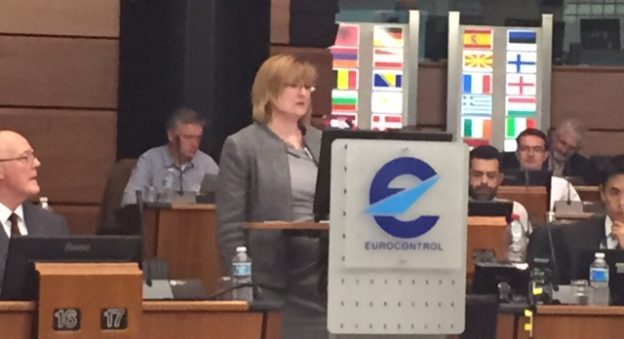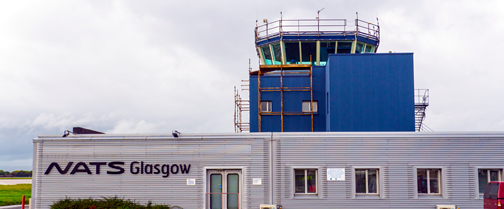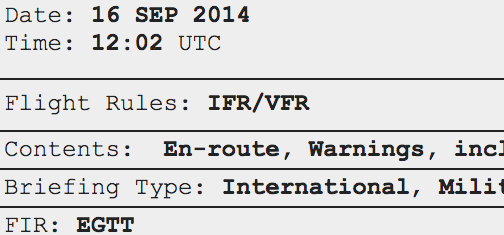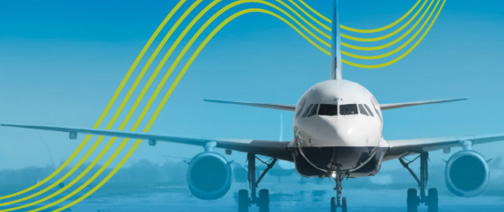Safety
Automation and ATC: a people-centric approach
9 June 2015Automation has a major role to play in the future of air traffic management. People are key to the success of any automation; how they design, monitor and maintain the systems and tools available to controllers, and how those tools are used. It’s something we’re dedicating a lot of attention to and I was pleased to be invited to discuss this at a recent Flight Safety Foundation Forum in Brussels.
As Air Traffic Management (ATM) becomes ever-busier, more complex and more inter-connected across different Air Navigation Service Providers (ANSPs), it is timely to consider how human performance is best optimised for smooth, efficient and safe handling of air traffic.
Human performance is especially important in ATM as it is a 24/7 industry which strongly depends on people. Aviation needs its frontline staff to be on top performance in order to maintain the safety and efficiency of the air transport system.
Every year the International Air Transport Association (IATA) brings its members together for an Operations Conference. This year the conference was in Los Angeles and focused on the challenge and opportunity from introducing new technology to enhance safety, efficiency and capacity.
New listening squawk for Glasgow
2 April 2015On the 2nd April 2015, Glasgow Airport will be allocated a listening squawk of 2620. A listening squawk is a code that can be entered into a GA aircraft’s transponder when flying near controlled airspace around an airfield. This makes the aircraft show up on the Glasgow air traffic control team’s radar.
Fostering a Just Culture
18 March 2015Safety is our first priority and our commitment to a culture of safety has resulted in significant improvement in recent years to our safety record. In the past ten years we have halved the number of reportable safety incidents and reduced the number of airprox by 75%. It is a record of which we are justifiably proud but by no means complacent, and we continue to place our Just Culture at the heart of all we are doing to improve our record further.
Aviation in the spotlight at top sports event
18 December 2014What do aviation and elite sports have in common?
‘If Nike ran air traffic control, what would it look like’, explains how NATS uses techniques associated with elite sports to help its people keep the skies safe. This was the basis of a recent speech delivered at the annual Leaders Sport Performance in London, with the likes of Arsenal FC manager Arsene Wenger and former England cricket coach Andy Flower as fellow keynote speakers.
‘Just Culture’ the way for businesses to fly
10 November 2014If a tree falls in a forest with no-one there, does it make a sound? In aviation, we can’t deny the existence of something just because we aren’t there to hear or see it. We need to act on our instincts and feedback.
Remember, remember, the 5th of November!
3 November 2014If you’re using fireworks, you need to consider the airspace you’re using in addition to making sure that the spectators are sufficiently protected from the explosives.
From NOTAM to ASHTAM and beyond
16 September 2014Ongoing global events and most recently, activity at the Bardarbunga volcano in Iceland, have brought the word ‘NOTAM’, or ‘Notice to Airmen’ into the public domain as it is discussed on news broadcasts and online. But what is a NOTAM, who is in charge of them and how do they affect where aircraft fly?
The development of the NATS Safety Strategy
11 August 2014NATS manages some of the most complex airspace in the world and we have achieved excellent levels of safety performance. However, the ATM world is undergoing unprecedented change and a number of new challenges face our industry.









